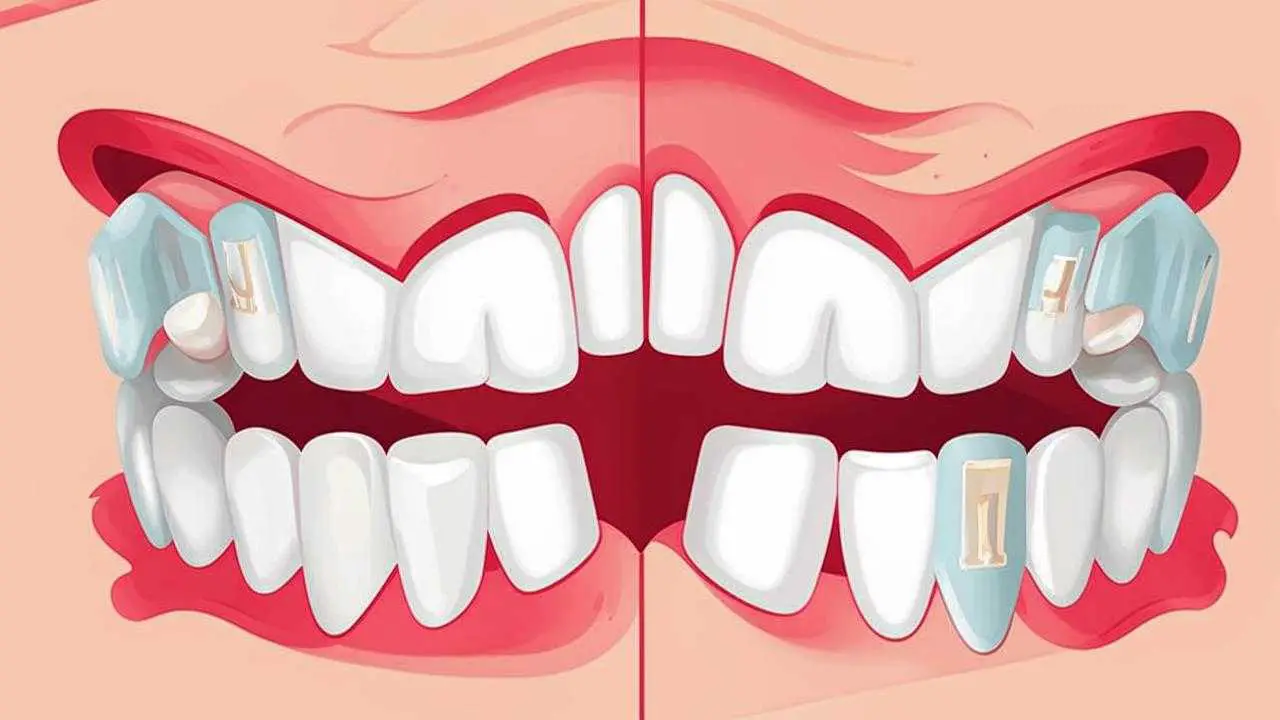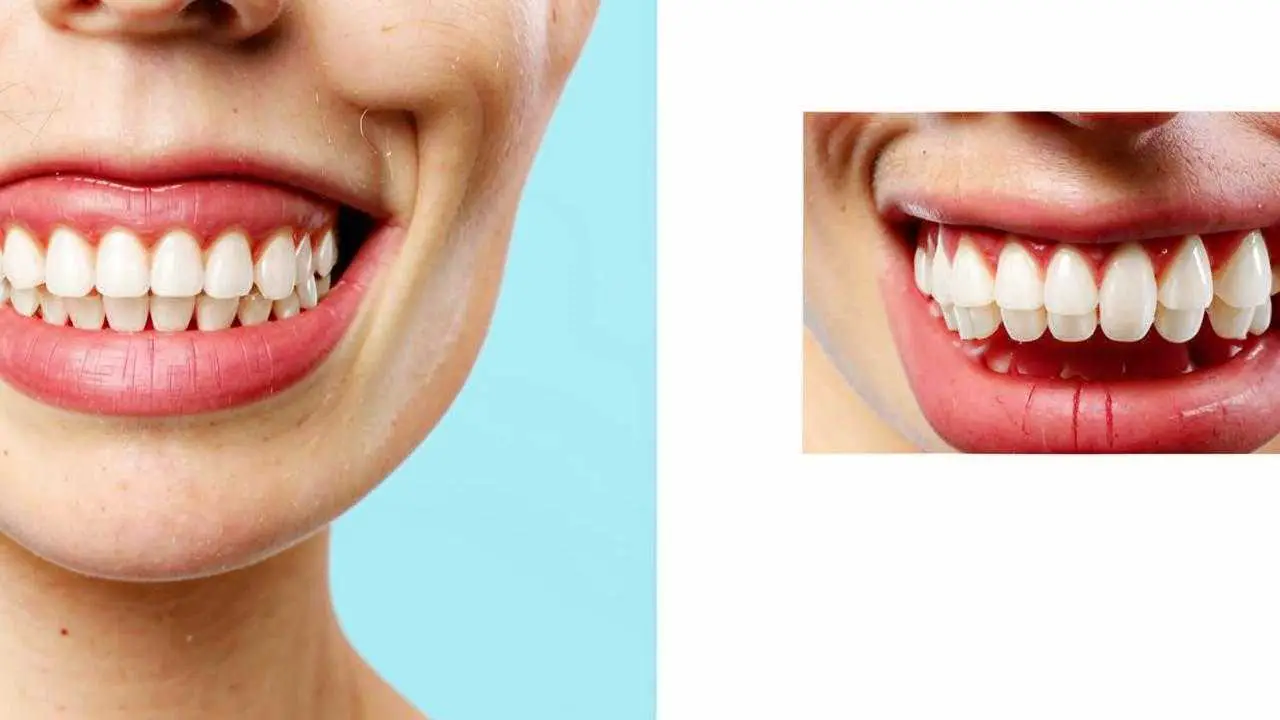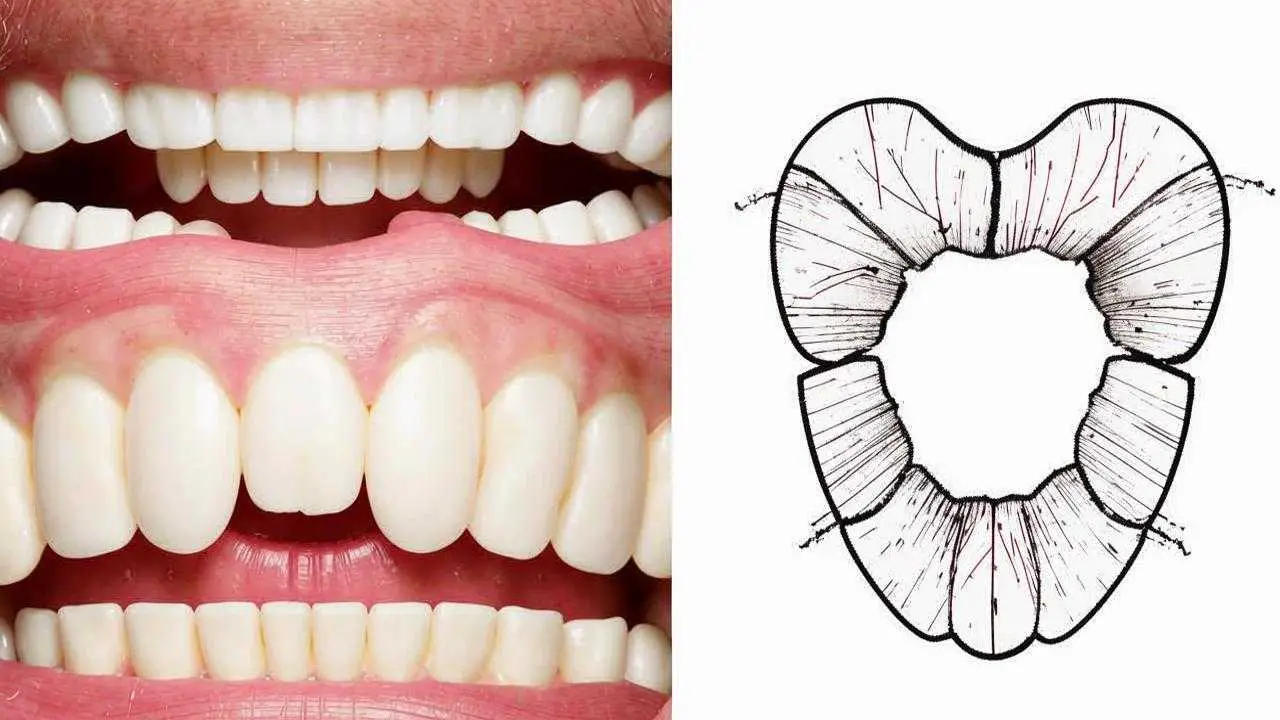The dentition of the teeth is the mutual arrangement of the tooth rows when the jaws are fully interlocked.
The formation of the dento-mandibular system begins during intrauterine development. By week 11, the fetus has the jaw bands defined. Almost all babies are born with an incorrect bite. The lower jaw is shifted backward. Dentists call this phenomenon retrognathia. When a baby actively sucks, the muscles are exercised. By 6-8 months of breastfeeding, and a little later, with artificial feeding, the lower jaw takes the correct position. For artificially fed babies, it is necessary to monitor the position of the body, the opening in the nipple. If the formula does not flow from the bottle, you have to make an effort to get it, the child’s tongue and jaw muscles get enough load and bite anomalies can be avoided.
Stages of bite formation
The first stage is completed by the time the teeth erupt. It is then formed:
- Temporary bite
Period: 6 months to 3 years. Teeth are actively growing, the ratio of them in the jaw changes. When all the teeth have erupted, the temporary bite is formed. It lasts until the moment when the milk teeth begin to be replaced by permanent teeth. The number of teeth is 20. Their location is influenced by the habits of the child: sucking a finger, the corner of the blanket, the long use of a pacifier. Most of the causes of pathologies appear at this age.
- Replacement (mixed)
Period: 6-14 years. Active growth of permanent teeth increases the bite, contributes to changes in the positions of the jaw relative to each other. The jaws are in the forming stage. This is the ideal time for orthodontic treatment.
Once all the baby teeth have fallen out, the bite becomes permanent. The number of teeth is 28-32. With the appearance of canines, the bite increases again.
The final formation of the jaws is completed by the age of 21, but the movement of teeth occurs throughout life. Teeth are rubbed off by the friction of the sides, which causes their position in the jaw to change, although we do not notice it. Dentists call this process mesial movement.
What a correct bite of teeth looks like
Physiological (correct) bite in a person is characterized by:
- adequate shape of the tooth row. The upper one looks like a semi-ellipse, the lower one resembles a parabola;
- the upper incisors overlap the lower incisors by ⅓ of their height;
- contact between all teeth;
- the lower teeth are plumb, the upper teeth are inclined;
- each tooth except 4 teeth has 2 antagonists (unit opposite);
- the correct bite in the diagram is marked by the symmetry of the incisors;
- the masticatory teeth are in contact with each other.
The correct bite in adults has its own varieties. All of them are considered a variant of the norm:
- Orthognathic. The upper teeth slightly overlap the lower teeth, all molars and premolars close together.
- Straight. The upper teeth do not overlap the lower teeth, but clash with them. The lateral teeth interlock well.
- Physiologic Prognathia. The lower teeth protrude beyond the upper teeth, but contact is maintained. The lateral teeth interlock without gaps.
- Biprognathic. The incisors of both jaws are tilted forward, with contact preserved.
Other types of bite in dentistry
There are 3 large groups of bites.
- Normal (physiologic). These bites have several variants, but the teeth are interlocked, the jaws occupy the correct position, the teeth are symmetrical along the incisors.
- Abnormal. Defects are congenital, caused by harmful effects on the fetus during pregnancy or genetic disorders
- Pathologic. Defects acquired after eruption of teeth as a result of diseases, missing units, shifting teeth.
In life, the last two concepts are often mixed and replace each other. According to the ratio of teeth and jaws, the following types of bite are distinguished:
Deep
The upper teeth cover the upper teeth by more than ⅓. The contact between the teeth is disturbed. This leads to impaired chewing function, abnormal enlargement of the upper jaw, and disruption of facial anatomy. The second name of this defect is traumatic. As a result of pathology, the work of the temporomandibular joint is often disturbed, mucous membranes are traumatized, enamel is pathologically erased. This is the most common pathology.
Open
The teeth do not close completely. The defect can be frontal or lateral. This pathology is characterized by a violation of diction, chewing, swallowing. Mouth breathing is observed, hence the drying of the mucosa, frequent caries.
Distal
With this defect, the upper jaw is strongly extended forward. The front teeth do not close, and the occlusion of the posterior teeth is broken. Problems with breathing, chewing, swallowing are characteristic. Patients complain of joint pain, frequent tooth decay, periodontal disease.
Mesial
When the lower jaw is extended forward, it is said about prognathism or mesial bite. Such a pathology of the bite of the jaw is accompanied by diastemas (large gaps between the front teeth) or trems (gaps between any teeth). Often patients have crooked lower teeth, there is crowding, increased tartar deposition.
Tværbid
Some units are behind each other, overlapping. It is difficult to treat, often using surgical intervention. Characterized by facial deformation, speech defects, violation of chewing function and the work of the TMJ. Patients complain of constant biting of the cheeks and tongue.
All pathological forms of bite in orthodontics are recommended to correct removable (on baby teeth) and fixed structures (braces), eliners.
Determining the bite of the teeth
Often problems with the bite are obvious, but it also happens that everything looks normal outwardly, but there is a problem. Therefore, it is better to entrust the determination of the bite to a dentist. They use special methods to determine whether the bite is correct or incorrect and prescribe treatment.
Diagnosis includes:
- Clinical examination
The orthodontist collects anamnesis, conducts a general examination and examines the oral cavity and nasopharynx. Breathing, speech formation, swallowing, chewing, biting are examined.
- Radiologic examination
Panoramic image or CT scan allows you to detect skeletal anomalies, see the exact location of the teeth, the condition of the roots, bone tissue.
- Biometric test
The doctor examines the jaws, takes and records all measurements.
- Functional test
Examination in a fixed position, when talking, opening the mouth in the lateral and frontal projection.
It is impossible to put the jaw in place on its own, but the earlier the intervention begins, the better the result will be. It is very difficult to restore the correct position of the teeth after the age of 25, it is better to do it during the period when the formation of the bite is underway.
Consequences
The impact of the bite on the condition of the dentoalveolar system and the entire body is enormous.
Bite abnormalities lead to:
- Tooth loss. Uneven chewing load leads to cracks and chips. Through the broken enamel layer, bacteria penetrate inside, affecting the periodontal tissues. Periodontitis develops. Teeth loosen and fall out. The risk of caries in such cases is higher than in people without defects.
- Violation of the temporomandibular joint (TMJ). He begins to click, pain, in severe cases, dislocation is possible.
- Due to the crowding of teeth, plaque and calculus quickly form, which provokes gingivitis and periodontitis.
- Insufficient contact between the teeth leads to the fact that food is poorly chewed. As a consequence, GI problems occur.
- Mouth, disturbed breathing causes diseases of the respiratory system.
- The position of the jaws affects posture. Abnormal advancement of the jaw forward shifts the center of gravity, the position of the neck changes, the rib cage falls, a person begins to slouch. Muscle tone is disturbed, back pain begins.
- Improper bite distorts facial features, breaks its symmetry
Anomalies of the jaws affect the psychological state. A person closes in on himself, avoids companies. Depressive states are not uncommon.
Orthodontic treatment restores physical and emotional balance, helps to raise self-esteem.
How to correct
Understanding that the bite is wrong is not enough. The next step should be a thoughtful and informed treatment.
Methods used to eliminate pathology in children and adults are different.
With a shifting bite, they use:
- vestibular plates;
- functional appliances;
- plate apparatuses;
- myofunctional trainers.
Treatment techniques for adolescents and adults:
- Bracket systems. A non-removable structure made of an arch and plates that exert pressure on the teeth. The arcs are changed to guide the teeth into position.
- Eliners. Transparent mouthguards that are virtually invisible on the teeth. The mouth guard is removed during meals and hygiene. Eliners are used for uncomplicated abnormalities.
- Surgical intervention. Sometimes, treatment with removable and fixed constructions has no effect, or it is impossible to apply. Then resort to surgery. The maxillary bone is separated from the skull, set in the correct position and fixed with pins. The lower bone is also modeled surgically.
Tooth extraction in orthodontic treatment is also a surgical method.
If the bite of the teeth is checked in time and measures are taken, the treatment will be effective. Modern methods of orthodontics offer different bite correction techniques for children and adults.







